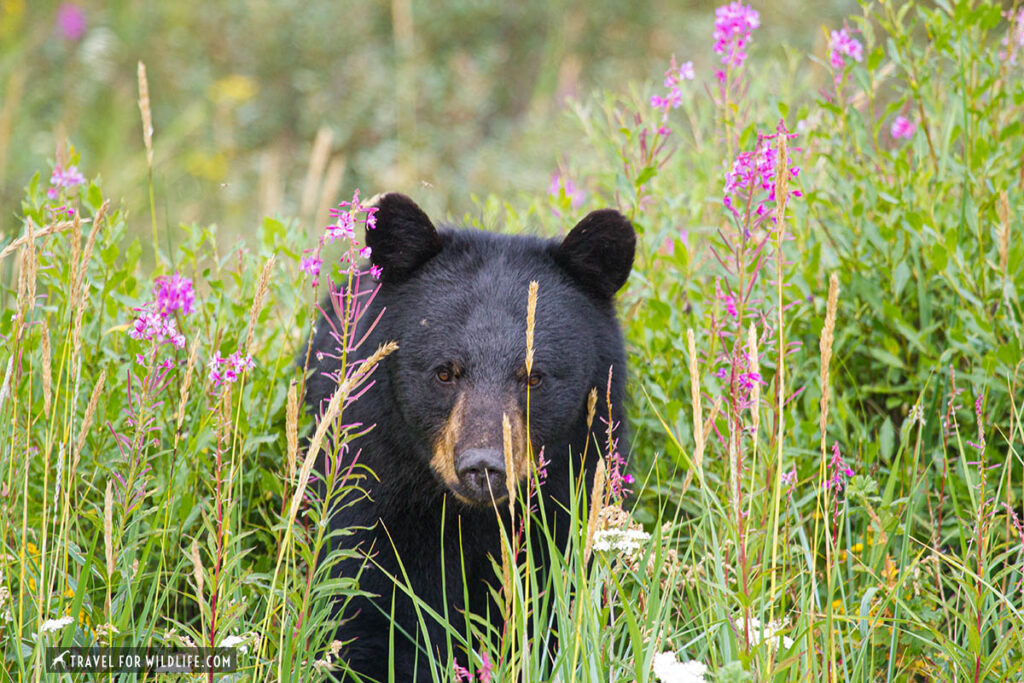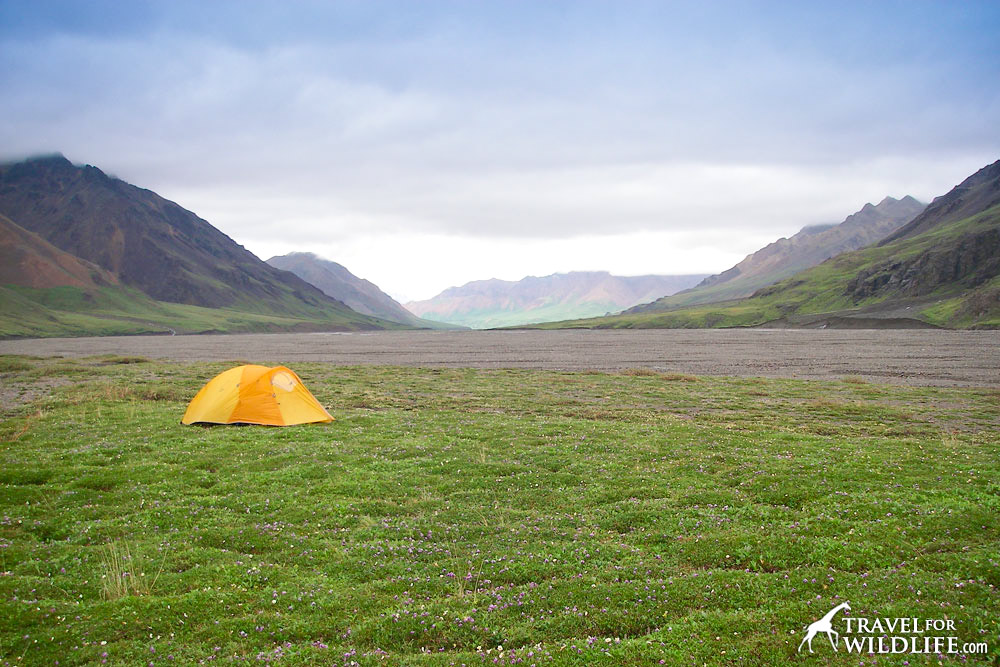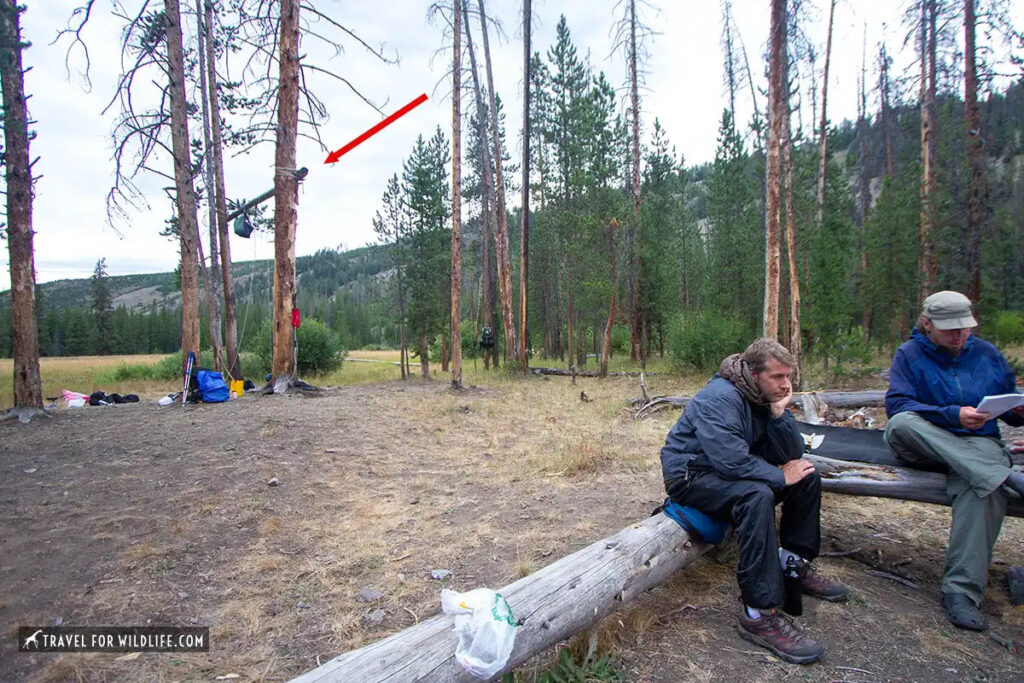Before embarking on a hike, it’s essential to plan your destination, timing, and what to bring along, right? Equally important is preparing for safe hiking or camping in areas inhabited by wildlife, particularly bears. While you may think bear encounters only happen in places like Yellowstone, the Smoky Mountains, or Alaska, the reality is much broader. Did you know that black bears reside in 40 out of the 50 states in the U.S.?
Bear populations, including both black bears and grizzly bears, are expanding their territories each year. Therefore, before heading into the wilderness, it’s crucial to determine if you’re entering bear country. If you are, continue reading for our safety tips on hiking in such areas.
Don’t assume that cold weather means bears will be hibernating. Just last month in November, we spotted a family of five bears in our yard in the mountains of North Carolina. Additionally, in places like Yellowstone, grizzly bears can emerge from hibernation as early as March.
Always carry bear spray and ensure you know how to use it before your trip. Bear spray cannot be taken on planes, so if you’re flying to your destination, plan to purchase some locally. REI stocks bear spray. Be sure to watch the video at the end of this post for instructions on how to use bear spray. *Never discharge bear spray indoors; practice using it outdoors instead.*
NEVER feed a bear, approach it, attempt to take a selfie, or try to pet it. If you see someone doing this in a national park, take a picture (including the vehicle’s license plate if possible) and report them at the park office. A fed bear is a dead bear.

Hiking in Bear Country
- If you spot a bear before it sees you: remain calm, don’t approach it, and enjoy the moment. If it starts moving in your direction, let it know you’re there by saying “Hey Bear” loudly and clearly. This will likely cause the bear to turn away. If you don’t announce your presence and surprise the bear when it’s too close, it may react defensively. Just like I might yell if surprised! Once the bear has moved away, quietly depart in the opposite direction. We once encountered a mother grizzly and her cub in British Columbia and used this strategy successfully. You can read about that experience here.
- If you encounter a bear that is aware of you: do not run, as this may trigger a chase response. Instead, back away slowly in the opposite direction and wait for the bear to leave.
- Stay aware of your surroundings, make noise at intervals, and avoid using earbuds.
- Never hike alone.
- Keep children within sight at all times.
- Make noise in dense areas to avoid startling a bear.
- Exercise caution when foraging for berries or nuts, as bears may be doing the same!
- Always KEEP YOUR PETS ON A LEASH or leave them at home. Dogs can provoke bears and may cause them to become aggressive towards your pet.
- Dispose of trash properly. Carry out what you bring in. Habituating bears to human food increases the likelihood of risky encounters.
- Never position yourself between a mother bear and her cub. If a mother feels her cub is threatened, she will defend it. Always be aware of a cub, as it likely means the mother is nearby.

Camping in Bear Country
- Establish backcountry camps away from dense foliage and natural food sources.
- Maintain a clean camp: don’t leave food out, and always secure it (in your car or a bear-resistant container) while you hike.
- Do not store food or anything with strong scents, such as toiletries, in your tent. This includes snacks, toothpaste, deodorant, sodas, lip balm, sunscreen, and bug spray.
- If camping with pets and using a litter box in the tent, opt for unscented litter and keep it clean. Avoid bringing pet treats.
- If you’re car camping, keep food and toiletries locked inside your vehicle and ensure all windows are secure. Bears have learned to open unlocked vehicles and can break windows.
- If backpacking, store food and toiletries at least 10 feet off the ground and 10 feet from the tree trunk. Some parks have designated suspension systems (see the red arrow in the photo below from a backcountry campsite in Yellowstone). Regulations may vary by national park, so always check at the entrance for specific rules.

Cooking in Bear Country
- When cooking, do not throw food waste into the fire (or outside it). This includes beans, sauces, meat fats, or any other food remnants.
- Cook away from your tent to prevent attracting bears to your sleeping area. Many regions suggest a “bear-muda triangle” layout: place your tent at one point (preferably upwind), your food storage at another, and your cooking area at a third, all at least 100 yards apart. You can also include a separate area for washing up.
- Dispose of all trash in a trash bag inside a bear-proof storage locker or trash can, which many campgrounds provide. If unavailable, keep the trash in your locked car. If you’re backpacking, invest in a bear-resistant food container.
Always keep your bear spray accessible and do not bury it in the bottom of your backpack.
WATCH THIS VIDEO TO LEARN HOW TO USE YOUR BEAR SPRAY
Bears are not out to get you
Keep in mind that bears are not actively seeking to harm you. They, like us, are simply living their lives and prefer to avoid conflict. By learning to respect bears rather than fear them and taking a few sensible precautions, we can coexist peacefully.



